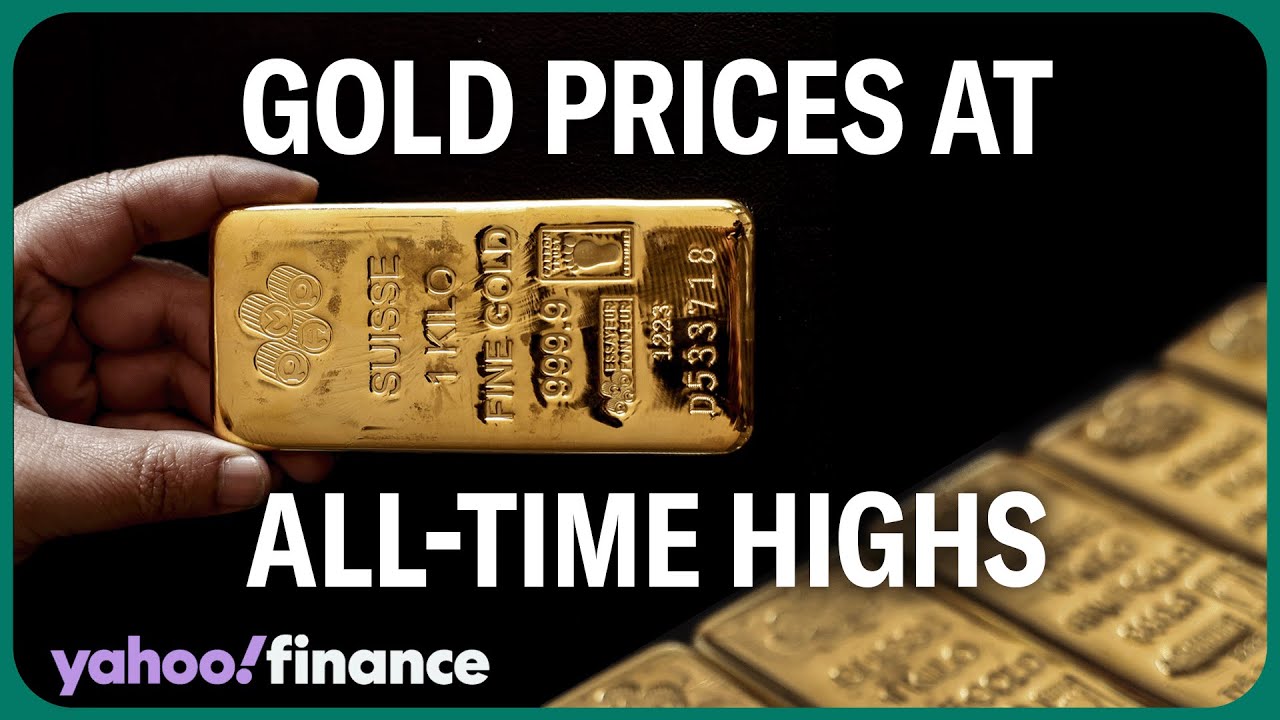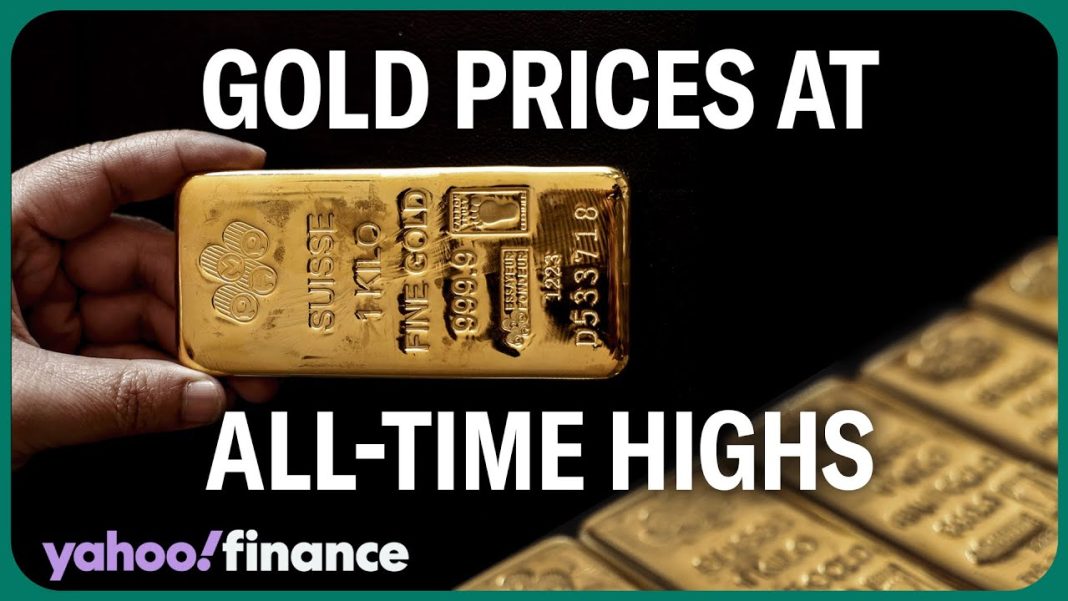 Gold prices experienced a significant surge in the first half of 2024, making it one of the best-performing assets during that period. According to the World Gold Council, gold rose by nearly 13 percent during this time. This impressive performance can be attributed to various factors, including a disappointing U.S. employment report that showed lower job additions in June.
Gold prices experienced a significant surge in the first half of 2024, making it one of the best-performing assets during that period. According to the World Gold Council, gold rose by nearly 13 percent during this time. This impressive performance can be attributed to various factors, including a disappointing U.S. employment report that showed lower job additions in June.
Spot gold reached a high of $2,393 per ounce on the last trading day of the week, surpassing the month-long high of approximately $2,388 recorded on June 7. This new high also marked a break in the downward trend that began after gold prices hit a peak of $2,450 in mid-May.
The surge in gold prices followed the release of the latest employment numbers by the U.S. Bureau of Labor Statistics. The report revealed that total U.S. nonfarm payrolls grew by only 206,000 jobs in June, which was lower than the previous month and the second-lowest payroll growth of the year. Additionally, the agency revised down nonfarm payroll numbers for May and April by 54,000 and 57,000 jobs, respectively. The unemployment rate also increased by 0.1 percentage point on a monthly basis and was 0.5 points higher compared to June of the previous year.
These dismal job numbers indicated a potential softening in the labor market and raised expectations of a Federal Reserve rate cut in the coming months. This expectation, in turn, triggered a rally in gold prices as investors sought the safe-haven asset.
The World Gold Council’s Mid-Year Outlook report further highlighted gold’s strong performance in 2024. The report stated that gold had gained 12.74 percent in the first six months of the year, making it the second-best performing asset after stocks. However, the council also noted that gold prices could remain range-bound if current market expectations continue. These expectations include the Fed maintaining interest rates between 5.25 to 5.5 percent, a restrained economic recovery, a flat to slightly down U.S. dollar, and geopolitical risks creating uncertainty.
Despite this, the council predicted that there is a clear path for gold to outperform from its current position, particularly fueled by Western flows. However, they also cautioned that if central bank demand significantly drops, interest rates remain high for an extended period, and Asian investor sentiment shifts, there could be a pullback in the second half of the year.
The direction of gold prices is now closely tied to the actions of the Federal Reserve regarding interest rates. The Fed had raised rates from 0.25 percent in March 2022 to a range of 5.25 to 5.50 percent in July 2023, and rates have remained at that level since then. However, the 12-month inflation rate has consistently exceeded 3 percent since June 2023, surpassing the Fed’s target of 2 percent. This has made it challenging for the Fed to commit to cutting interest rates.
During the June policy-making meeting, Federal Reserve officials even suggested that they could raise rates if inflation continues to remain elevated. However, investors anticipate that rate cuts could begin in a couple of months. According to the CME FedWatch tool, 92.2 percent of interest rate traders expect the Fed to maintain the current rates at the upcoming meeting in July. However, a sizable number of traders predict a 25-point interest rate reduction in the September meeting.
According to the Economist Intelligence Unit (EIU), gold prices are expected to continue strengthening in 2024-25 as both the Fed and the European Central Bank (ECB) reduce interest rates. The EIU forecasts that gold prices will average $2,312 per troy ounce in 2024, a 19 percent increase from the previous year. Additionally, they predict that the Fed and the ECB will continue to lower interest rates in 2025, leading to a further increase in gold prices, with an average of $2,498 per troy ounce.
Furthermore, the EIU expects that softer interest rates and safe-haven demand will revive interest in gold exchange-traded funds (ETFs). They anticipate that net investments in gold ETFs will turn positive this year, indicating a growing interest in the precious metal.
In conclusion, gold’s impressive performance in the first half of 2024 can be attributed to various factors, including disappointing job numbers in the U.S. and expectations of a Federal Reserve rate cut. Despite potential range-bound conditions, there is a possibility for gold to outperform further, driven by Western flows. The direction of gold prices is closely tied to the actions of the Federal Reserve regarding interest rates, and investors anticipate rate cuts in the near future. The Economist Intelligence Unit predicts that gold prices will continue to strengthen in the coming years due to interest rate reductions by both the Fed and the ECB. Additionally, they expect a revival in interest for gold ETFs.


